Cuilápam de Guerrero and The Devil's Bargain
The Folklore and History Behind Oaxaca’s Unfinished Monastery Commissioned by Hernán Cortés
Hidden within the heart of Cuilápam de Guerrero lies a chilling secret that defies the boundaries of human comprehension. It is a tale of whispered legends and spectral mysteries, a story that has echoed through the ages, captivating the imagination of all who dare to listen. A legend intertwined with historical whispers, blurring the lines between myth and reality.
Nestled six miles south of the vibrant capital of Oaxaca rests the quaint municipal town of Cuilápam de Guerrero. Rich in history and named after General Vicente Guerrero, a revolutionary leader of Mexican independence who was killed by firing squad on Valentine’s Day in 1831 behind the former monastery of Santiago Apóstol, otherwise known as the Basilica of Cuilápam or Ex Convento de Cuilápam de Guerrero, as referred by the locals. Behind the remnants of this former monastery lies a tale of unfinished grandeur.
Today, the Basilica of Cuilápam stands as a stark reminder of its incomplete past, distinguished by its missing roof and incomplete pillars. While its architectural charm may captivate visitors, there is more to Cuilápam than meets the eye.
How to Get to The Municipality of Cuilápam
To reach this intriguing town from Oaxaca Centro, one can embark on a journey by catching the Zaachila Yoo bus at the bus depot near El Zocalo or opt for a guided tour as those offered by Las Bugambilias Tours, which provide private guided tours of Cuilápam.
However, beyond the church, Cuilápam offers limited attractions, making it worthwhile to explore the nearby outdoor market in Zaachila on a Thursday morning and savor some mouthwatering tacos or deep-fried tilapia fish after your visit. The same bus line will take you to one of the entrances of the outdoor market.
Notably, the former monastery of Santiago Apóstol, despite its name, was historically occupied by male monks rather than female nuns as convents are commonly associated with. The inconsistency in terminology perplexes both locals and visitors alike. For the purpose of clarity however, I will refer to it as a monastery in the following paragraphs, while acknowledging the prevalent usage of the term "convent" within the local community.
The House of Hernán Cortés in Cuilápam
After Hernán Cortés successfully overthrew the Aztec Empire in 1525, he was bestowed the title of Marqués del Valle de Oaxaca and held authoritative rule from 1529 to 1541. Soon recognizing the need for a Catholic stronghold in the outskirts of the capital of Oaxaca, Cortés commissioned the construction of a grand church, strategically positioned to assert religious influence and control over the region.
The chosen location for the church was believed to be a sacred burial ground of the native Zaachila people. Legends whispered of the princess, Donají, daughter of the Zaachila king, who’s disembodied head was laid to rest in this hallowed ground. With the church planned to be built atop this sacred site, the intertwining of cultures and histories took root.
During Cortés' occasional visits to Oaxaca, including one in 1535 when he oversaw agricultural and industrial developments in San Sebastian Etla, the foundation for the church's legacy was laid. The cultivation of wheat and sugar cane, along with the establishment of mills for their processing, brought new culinary experiences to the region, introducing bread, sugar, and rum (Aguardiente).
While Cortés faced security concerns that limited his prolonged presence in any specific location, remnants believed to be one of his haciendas can still be admired today, a mere stone’s throw away from where the church now stands. Marked by an L-shaped wall, these remnants bear witness to Cortés' historical connection with Cuilápam de Guerrero.
Following Cortés' passing in 1547, his heir, Don Martín Cortés, then Marqués of Oaxaca, took up the mantle of continuing Cortés' original vision. In 1556, Don Martín Cortés initiated the financing of the construction of the monastery of Santiago Apóstol in Cuilápam. However, financial disputes with the Crown of Spain arose, leading to the project's suspension in 1570, leaving the church forever unfinished.
Despite this interruption, the chief architect of the project, Antonio De Barbosa, employed a fusion of architectural styles prevalent in 16th-century Europe during the fourteen-year construction period, leaving an enduring legacy. The resulting structure stands as a testament to Cortés' ambition and the skilled craftsmanship of the time, forever entwined with the rich history of Oaxaca.
These historical events, from Cortés' commissioning of the church to the sacred burial ground beneath its foundations, shed light on the intricate connections between Hernán Cortés, Cuilápam de Guerrero, and the enigmatic unfinished monastery. These layers of history and legend add to the fascination and allure of the town, painting a vivid tapestry of a bygone era. However, over the centuries, locals have contrived a more supernatural version of events explaining why the church was never completed.
Betrayal and Bargain: The Supernatural Legend of Cuilápam's Uncompleted Church
According to local folklore, the old monastery of Cuilápam holds a mysterious tale that has been passed down for generations. It is said that under the cover of darkness, a cloaked figure wearing an noble top hat, would visit the monastery, engaging in secret meetings with the Prior General, Domingo de Aguiñaga, deep into the night. This enigmatic figure, dressed in black silky robes that blended with the darkness of the night sky, arrived in a grandiose, aristocratic wagon coach drawn by two black Friesian horses.
One fateful morning, the Prior warned the friars not to leave their dormitories as night fell, cautioning them of the strange and otherworldly events that would unfold outside their very doors. True to his words, dark shadows began to move around the monastery's courtyard long past midnight. Among these shadows, the cloaked figure that had met with the Prior was seen hovering around the construction site of the unfinished temple.
With remarkable speed and efficiency, the shadows toiled throughout the night, mixing concrete, raising pillars, walls, and arches. They diligently constructed the holy temple, which had been commissioned by the Crown of Spain and promised to the clergy by Hernán Cortés many years ago.
As dawn approached, just as the central dome of the temple was completed, the sound of a crowing rooster pierced the air nearby. Instantly, all construction ceased, and the shadows vanished without a trace, leaving the temple in its unfinished state. Years later, on his deathbed, the Prior General confessed that the cloaked figure was none other than the Devil himself. He revealed that the Devil had offered to construct the temple in a single night with the assistance of his legion of demons, on the condition that he could claim the souls of the congregation before dawn.
However, Domingo de Aguiñaga had no intention of honoring the diabolical pact. He devised a cunning plan to outsmart the Devil by arranging for a rooster to crow before dawn, tricking the Devil into believing that the time had come to claim the souls. In this way, the temple was partially built, and the souls of the congregation were spared.
Furthermore, it is believed that beneath the unfinished temple lies the buried remains of the beheaded Zapotec Princess Donají. This captivating legend adds an air of mystery and intrigue to the Monastery of Santiago Apóstol, weaving together supernatural elements, the Devil's bargain, and the tale of the murdered princess.
The Echoes of a Blurry History
As the sun sets over the charming town of Cuilápam de Guerrero, casting its golden glow upon the remnants of the Basilica of Cuilápam, a sense of intrigue and wonder fills the air. The captivating tale of this unfinished monastery, intertwined with history, legends, and the supernatural, beckons curious souls to delve deeper into its mysterious allure.
Visiting the Basilica of Cuilápam is not merely an encounter with captivating history and fabled legends—it is an immersion into the enigma that lies at the heart of this mystical town. Stand in awe of its architectural grandeur, an enduring testament to the fusion of European influences that were brought to life by skilled hands. Join the ranks of the intrepid travelers who have ventured to this sacred place, seeking not only answers but also a profound connection to the past, leaving an indelible mark on the curious traveler's soul.


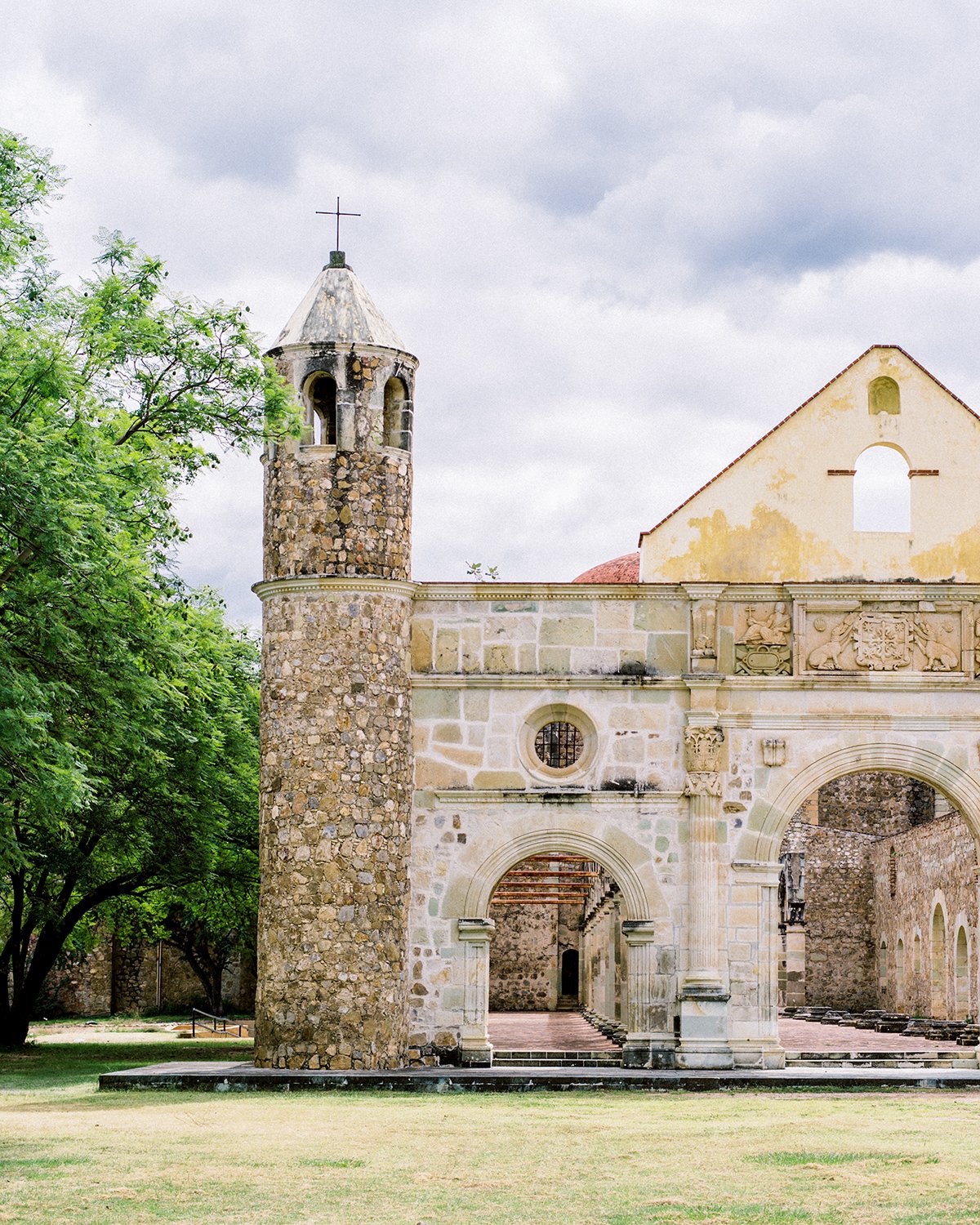
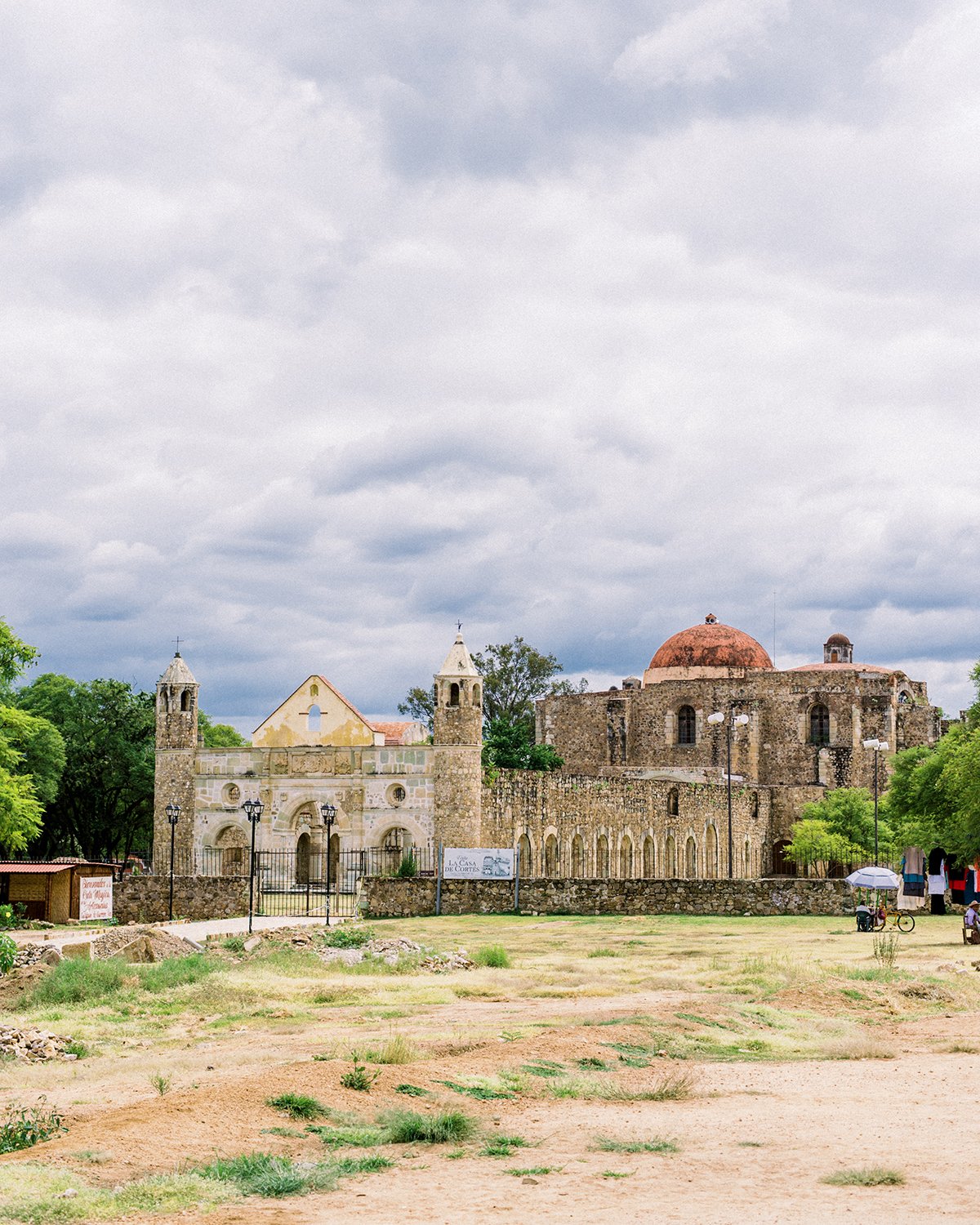
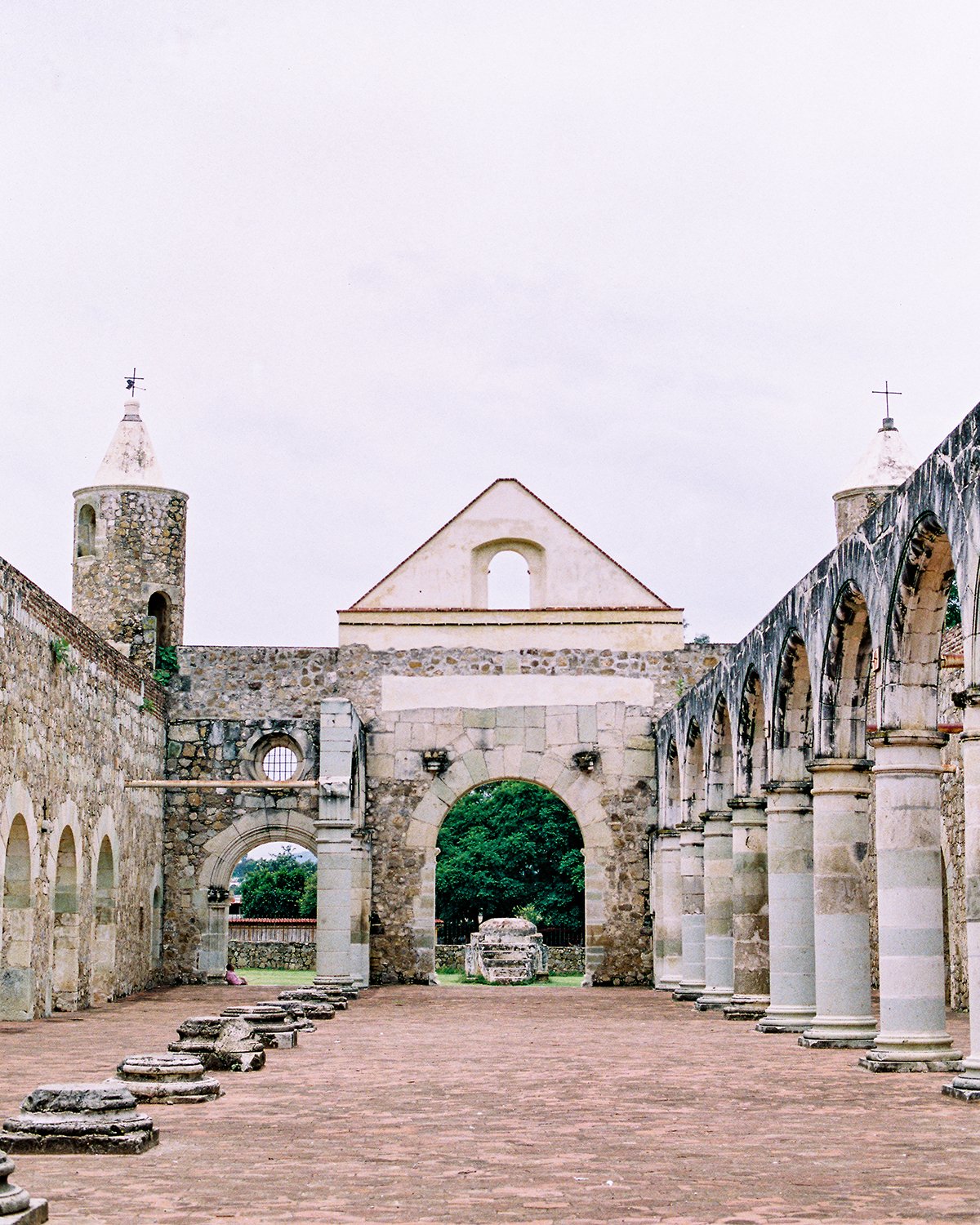
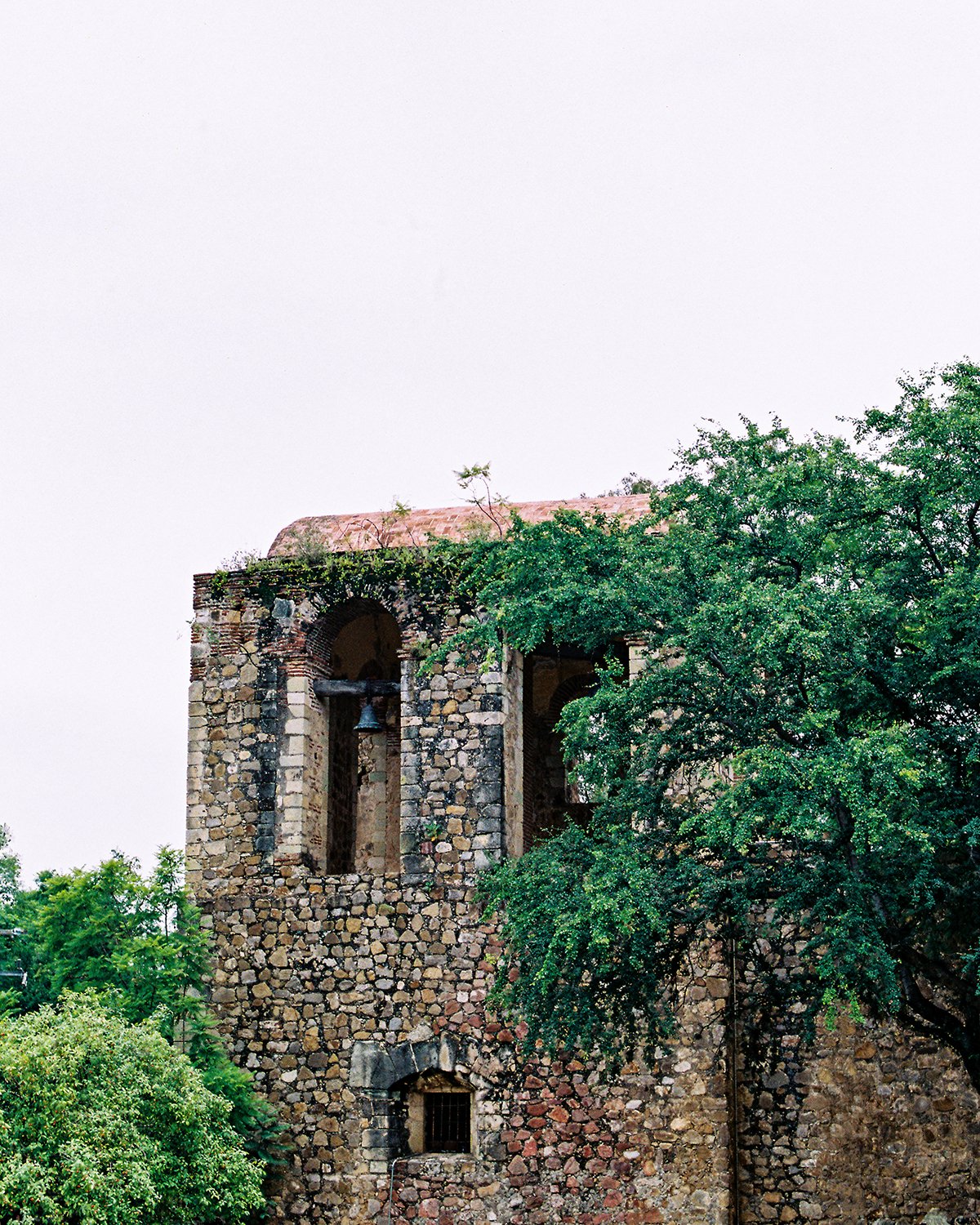
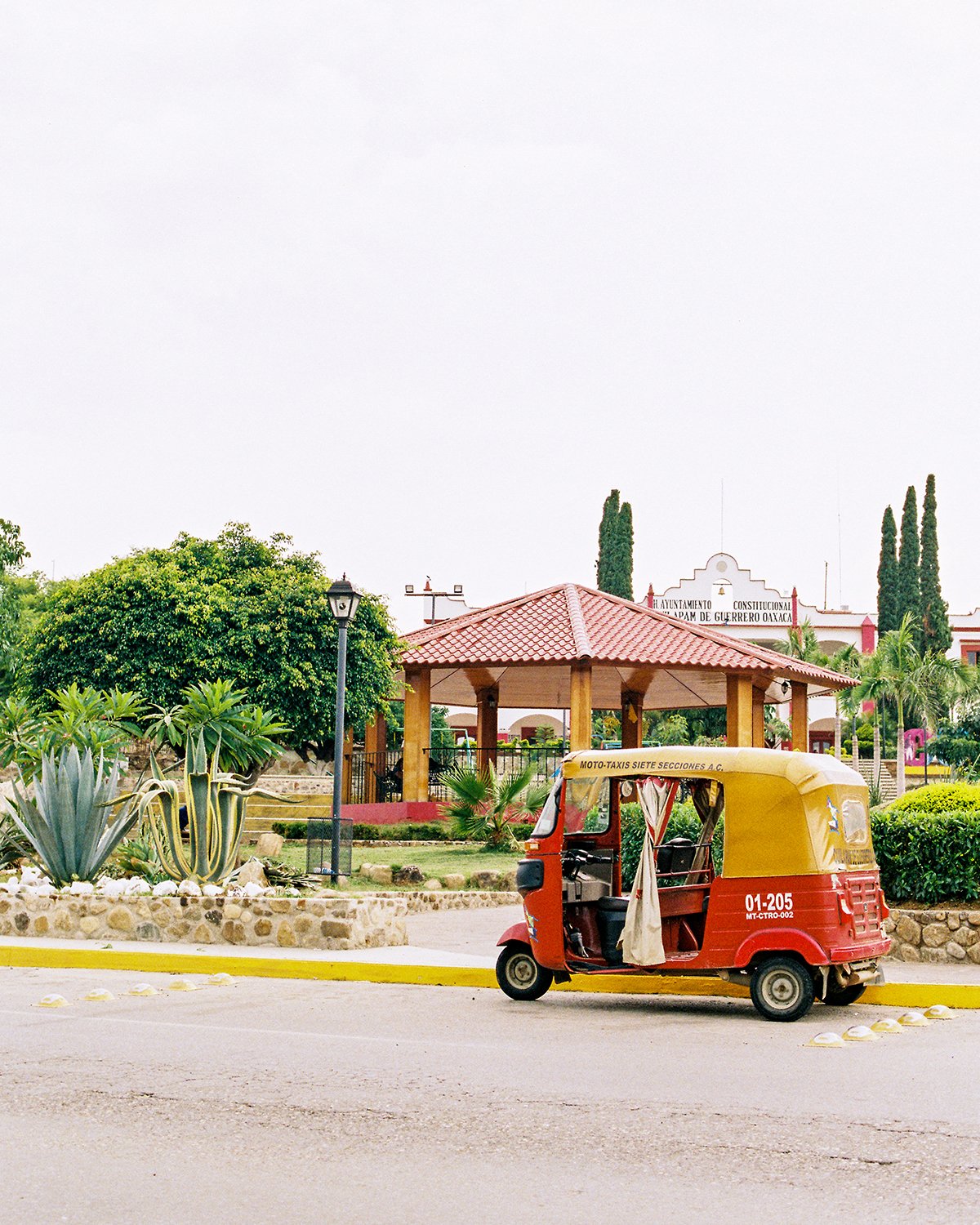
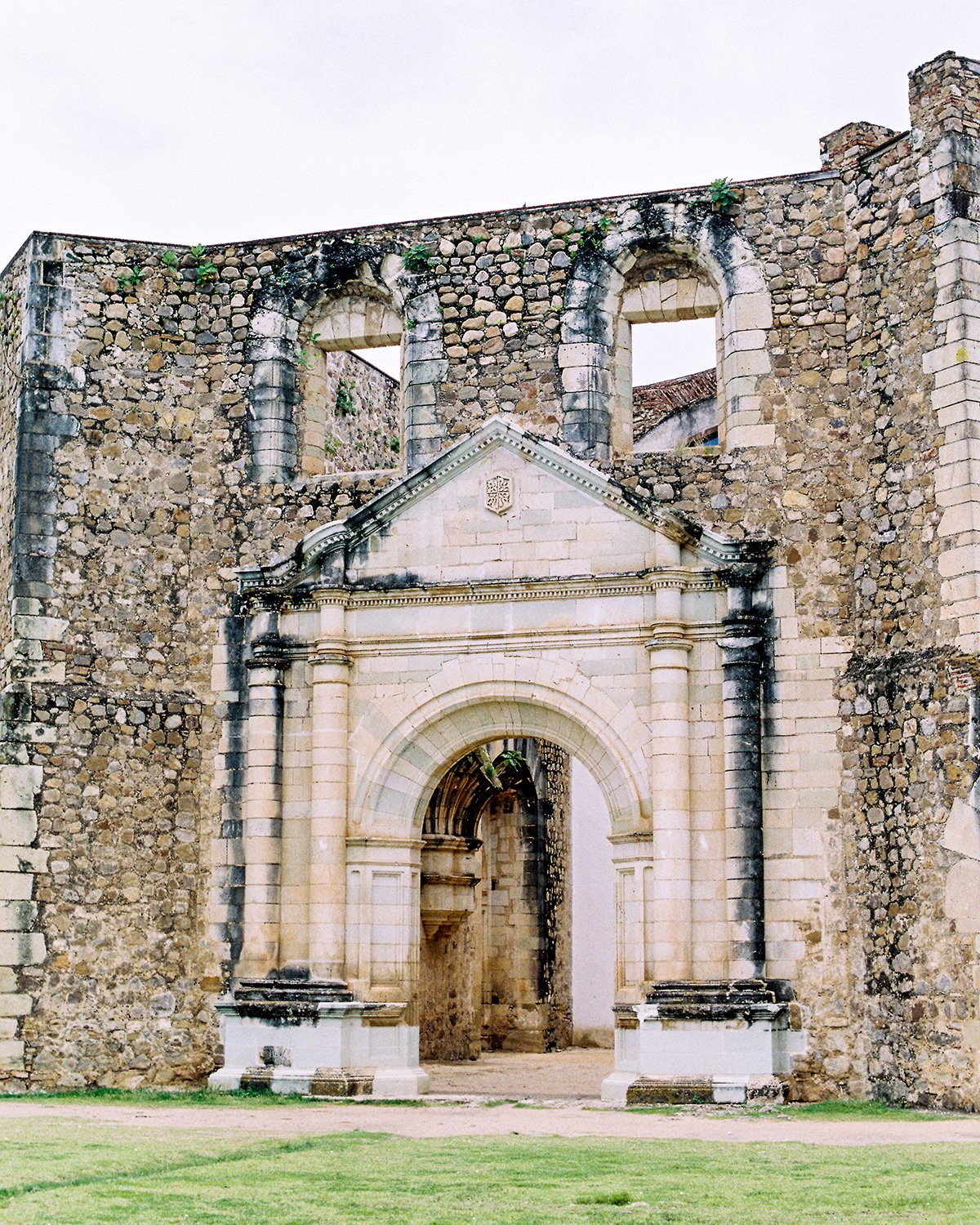
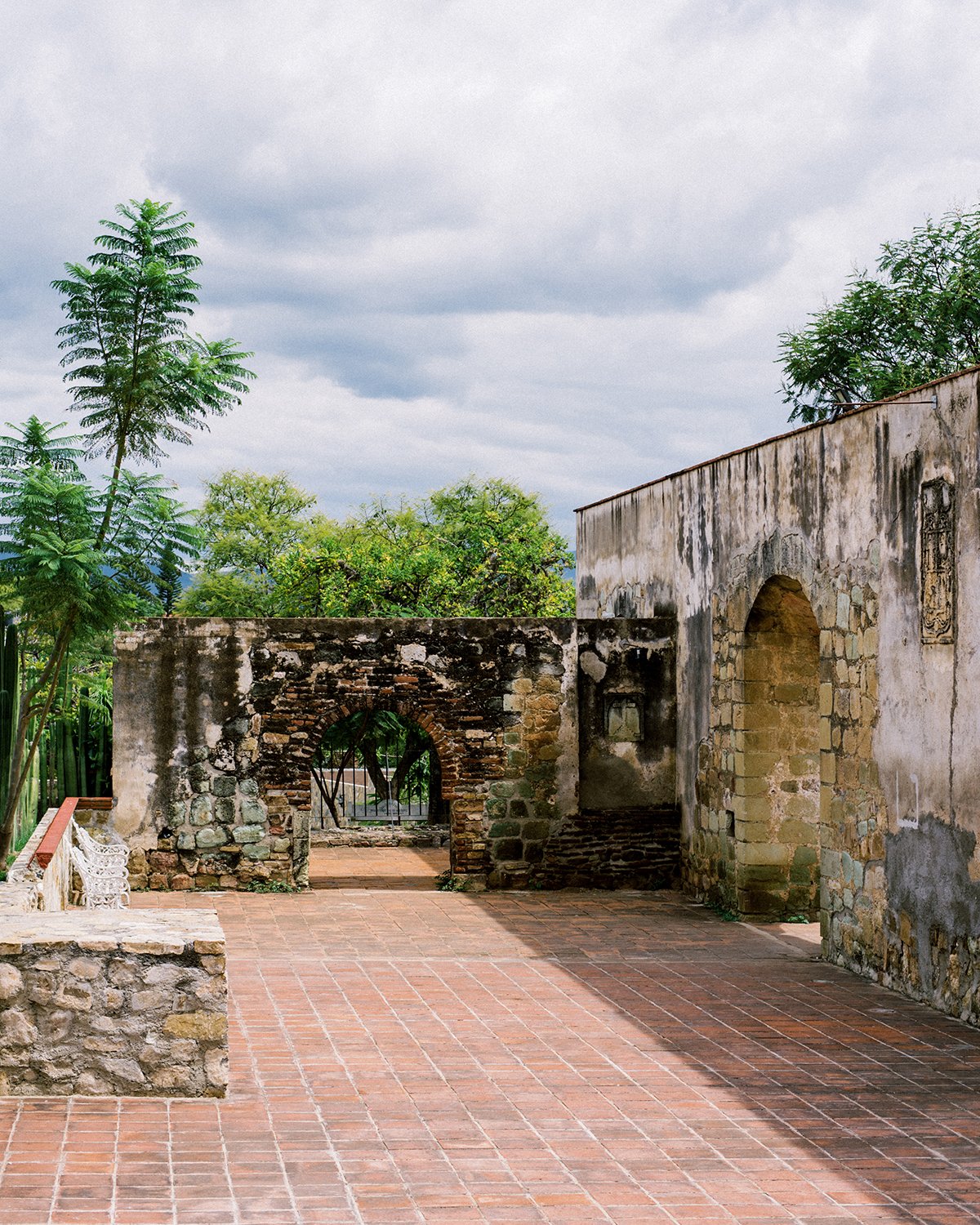
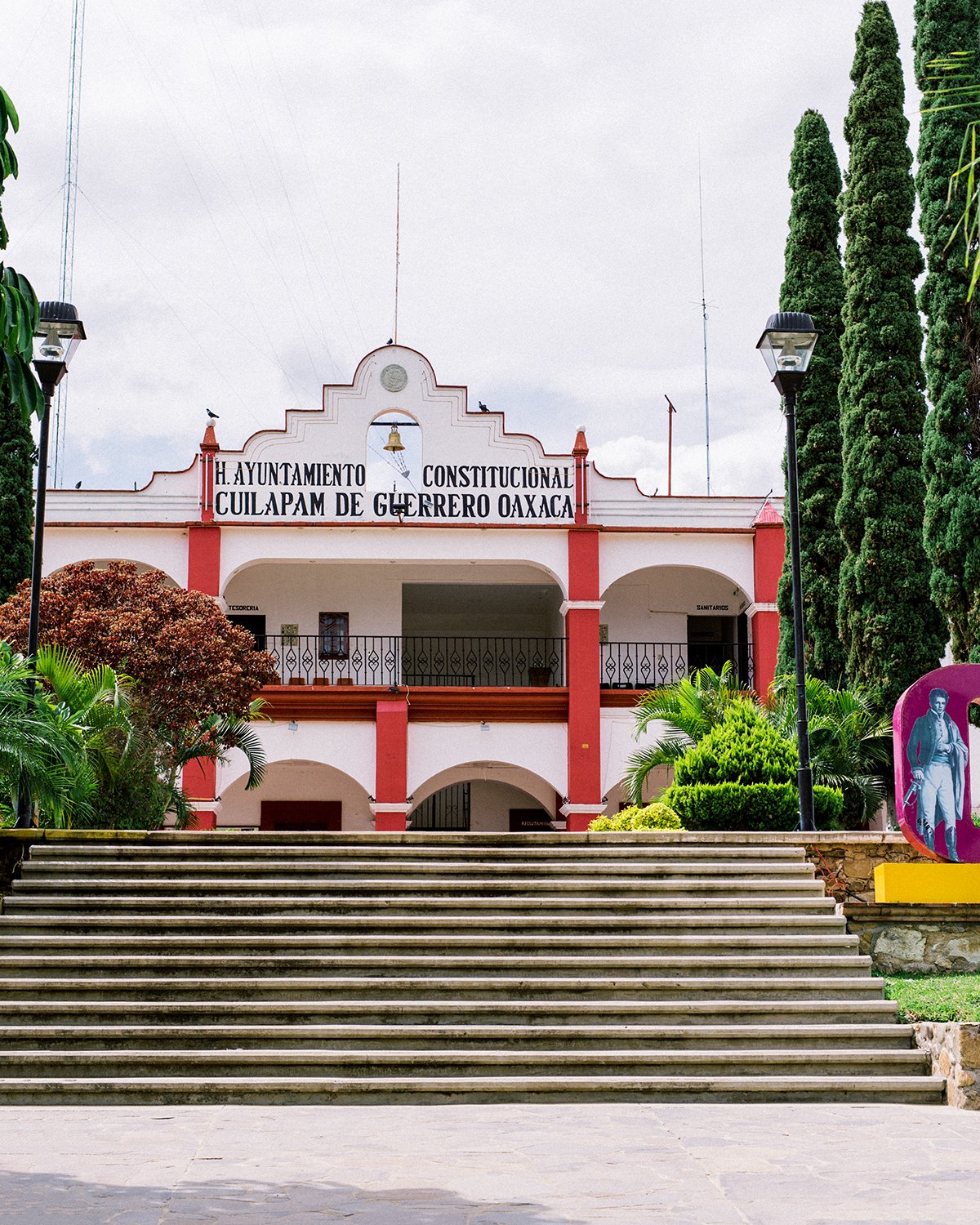
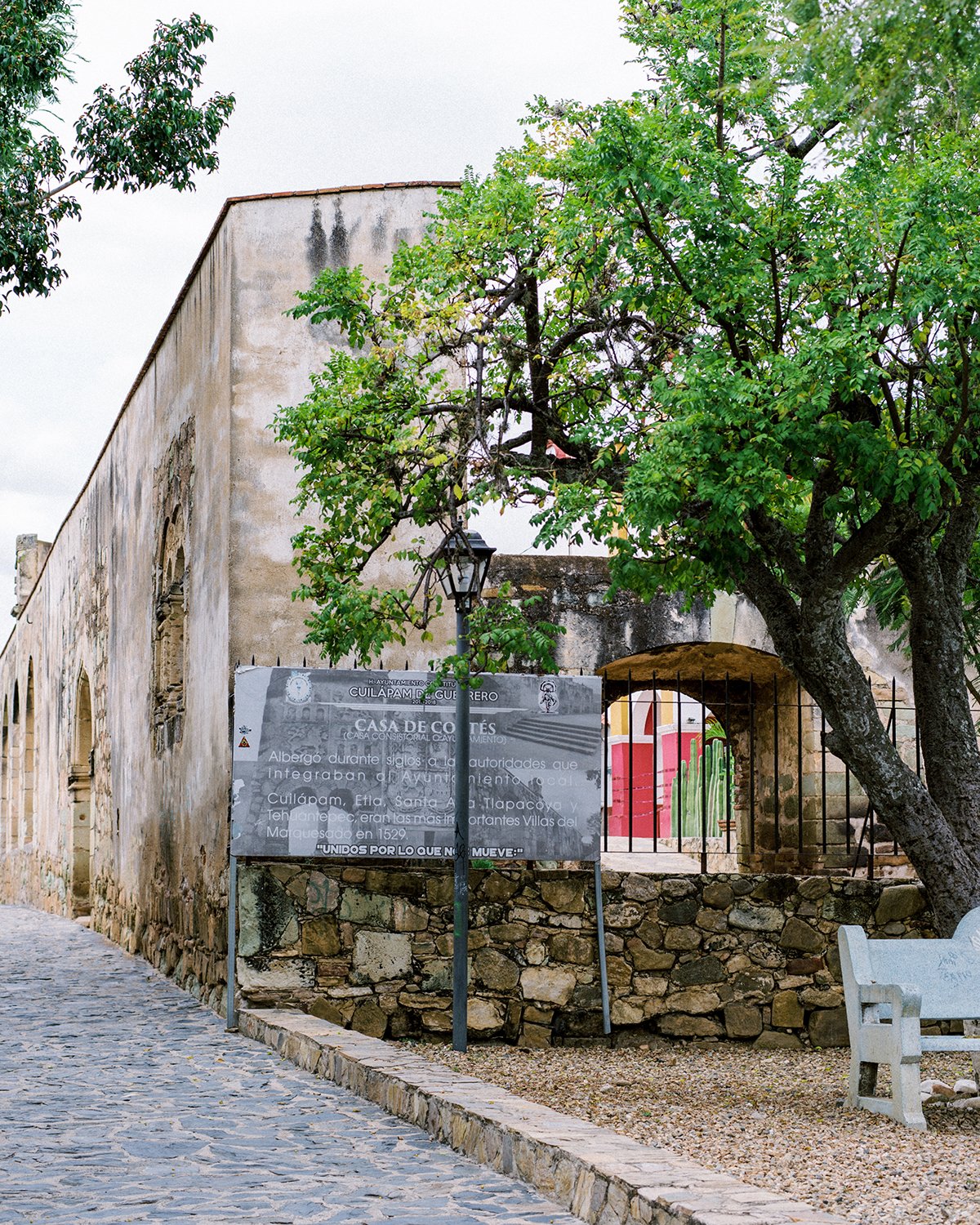
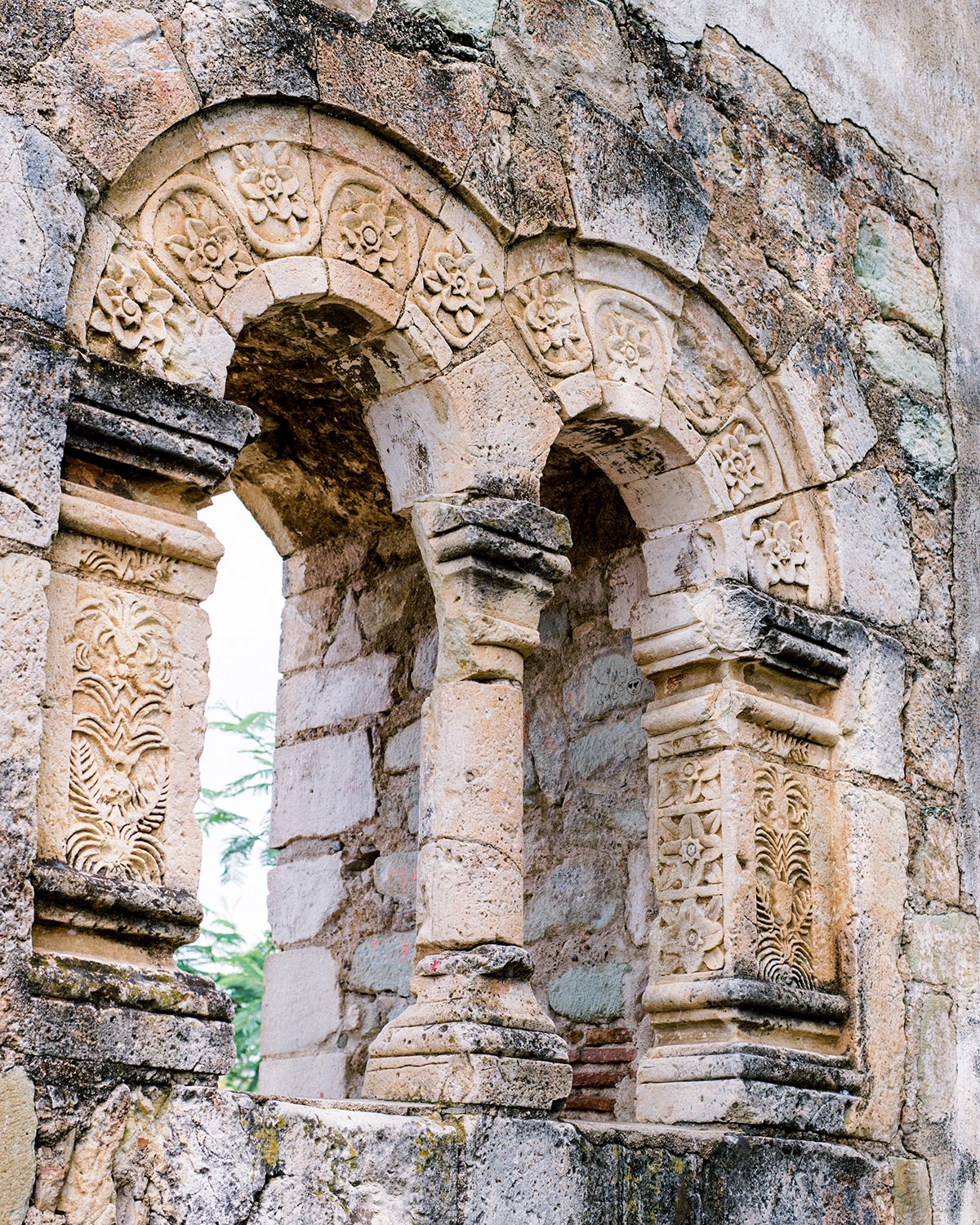
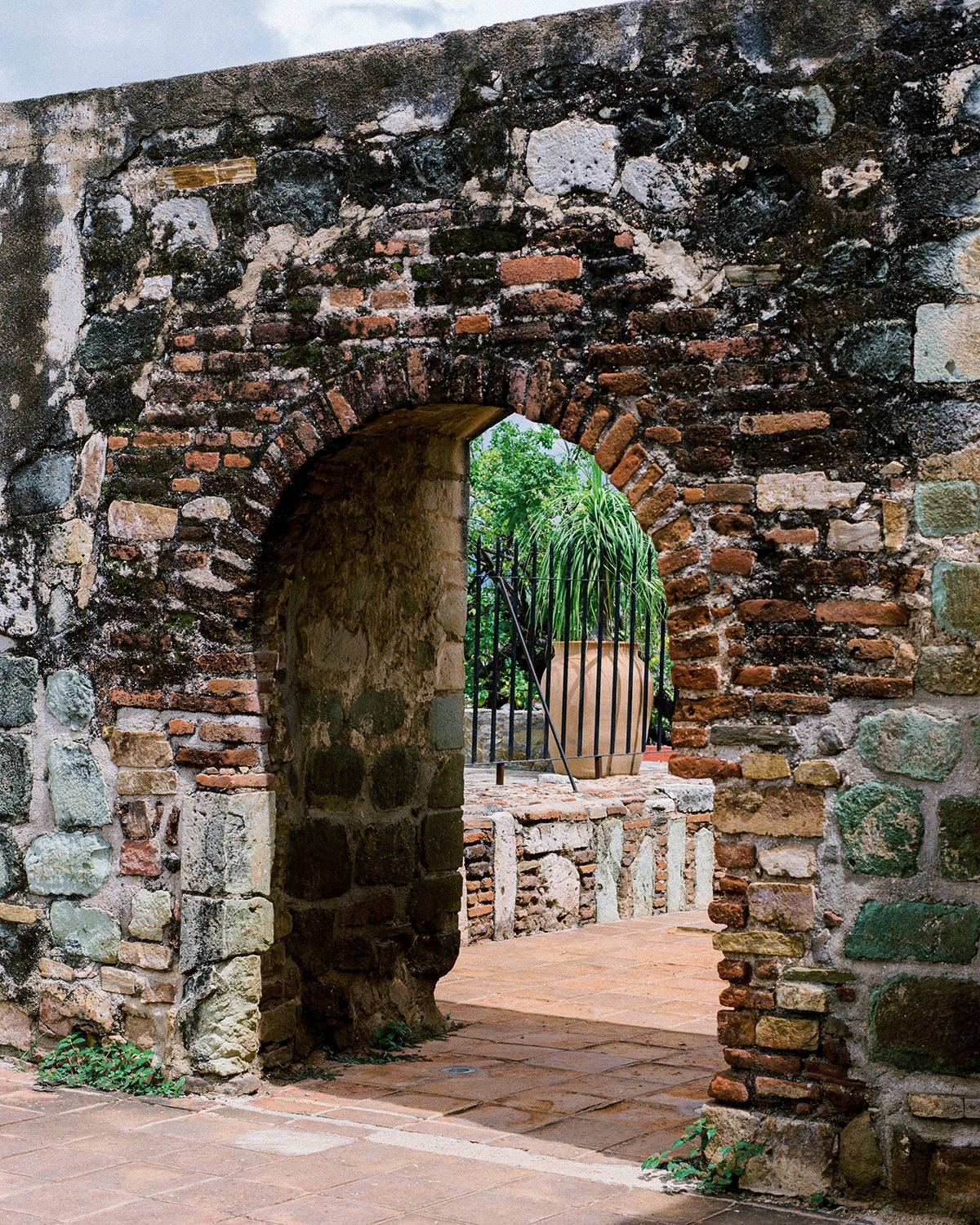
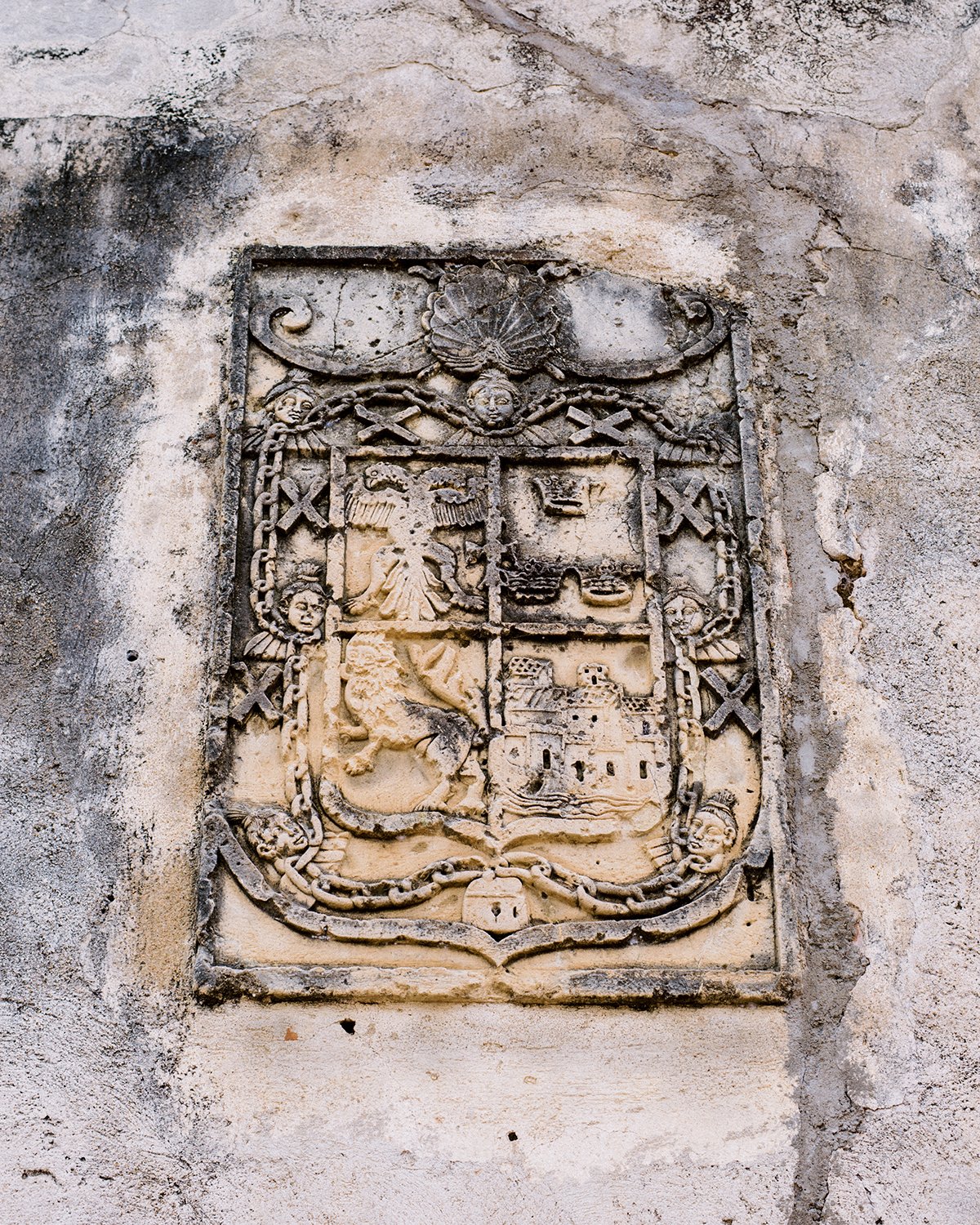
















Year round out of the box locations to propose to your fiancé in Los Angeles.